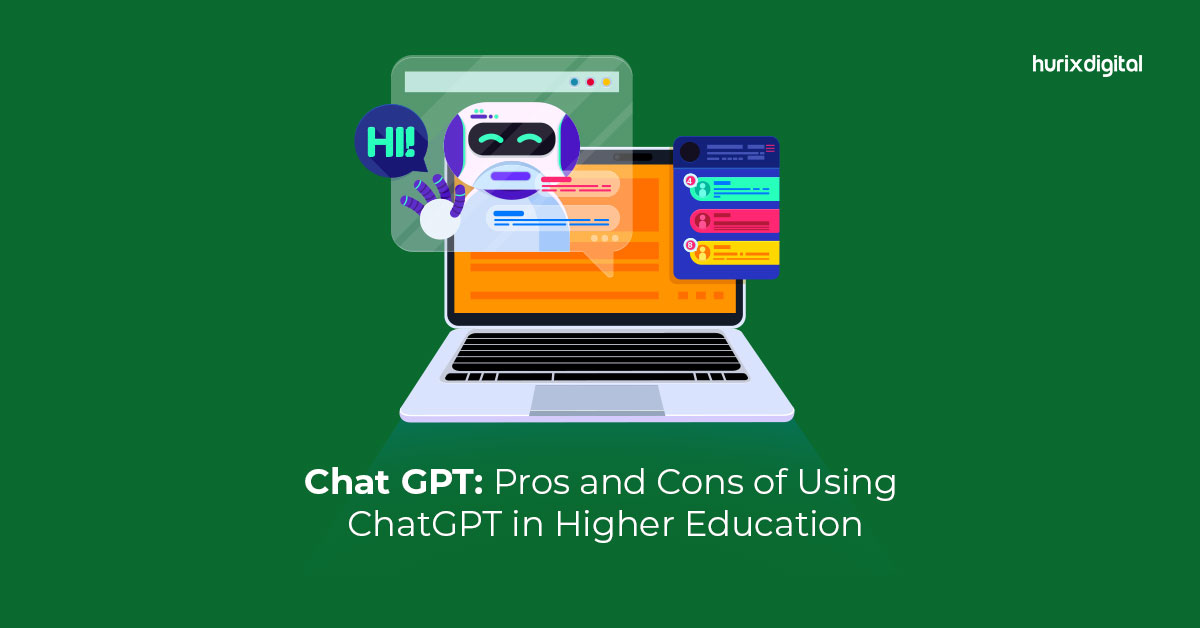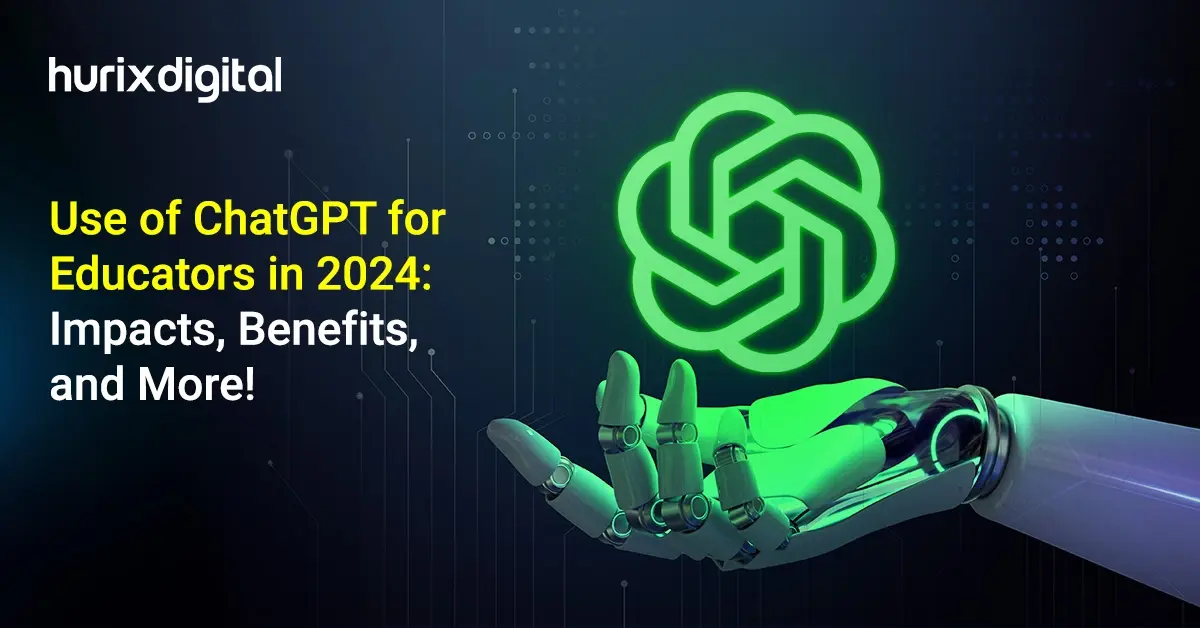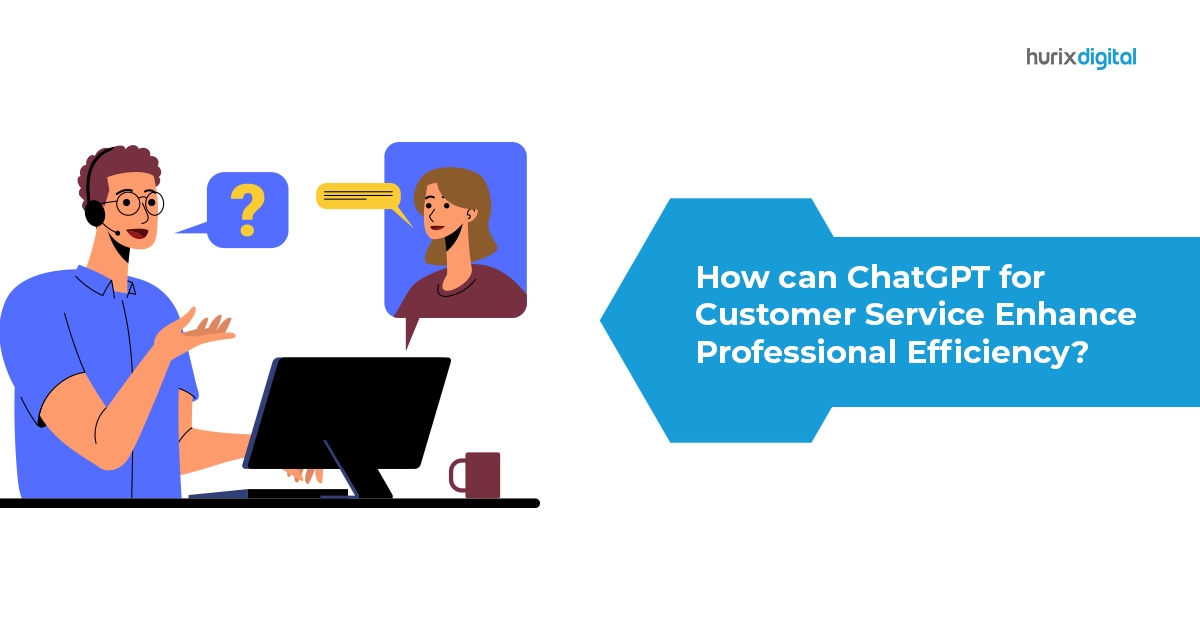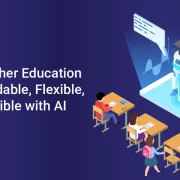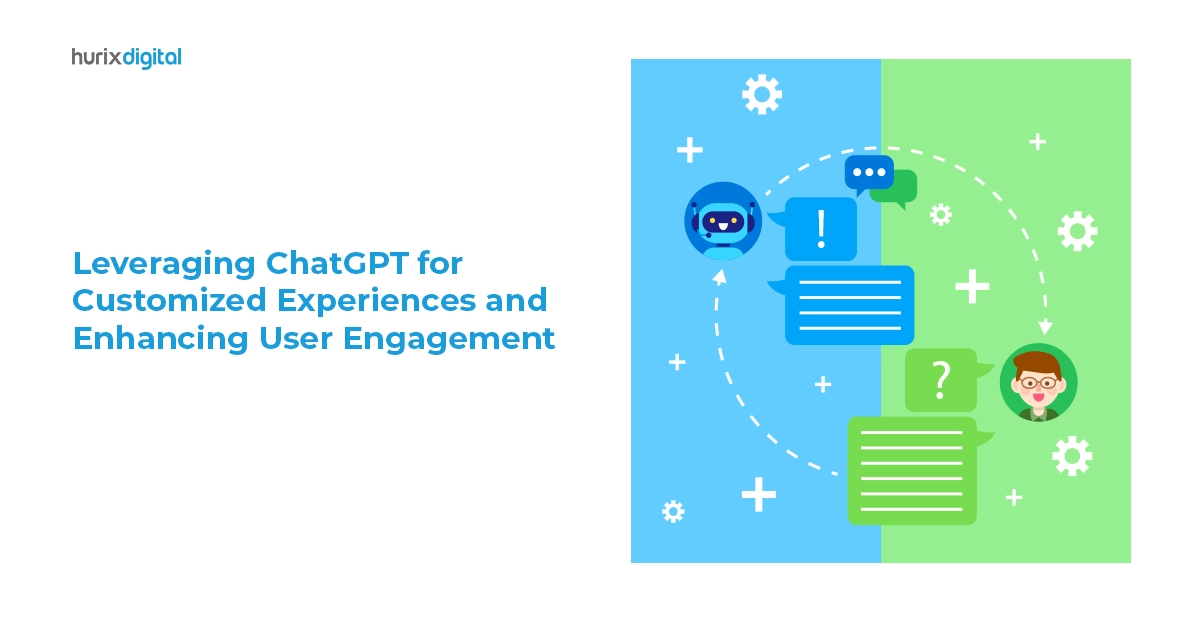
Leveraging ChatGPT for Customized Experiences and Enhancing User Engagement
Summary
This article explores the applications of AI chatbots in enhancing customer experience and user engagement. It also outlines the key steps to leverage ChatGPT for enhanced customer engagement.
In today’s digital landscape, businesses constantly seek innovative ways to enhance customer engagement and provide exceptional user experiences. One technology that holds immense promise in this regard is chatbots. According to Salesforce, 23% of customer service companies currently use AI chatbots to manage customer interaction.
By leveraging the power of conversational AI and natural language processing, businesses can create personalized interactions, streamline customer service, and drive AI-powered engagement. This article will explore the applications of chatbots in enhancing customer experience and revolutionizing user engagement.
Table of Contents:
- Understanding the Power of Chatbots
- The Role of Chatbots in Customer Experience
- ChatGPT: Advancing Chatbot Capabilities
- Leveraging ChatGPT for Enhanced Customer Engagement
- Successful Implementation of Chatbots
- Conclusion
Understanding the Power of Chatbots
Chatbots, powered by advanced technologies like natural language processing and machine learning, are AI-driven conversational agents that simulate human-like conversations and interact with users naturally and intuitively. These AI-powered interactions enable businesses to automate customer interactions, provide instant support, and deliver personalized experiences at scale.
The Role of Chatbots in Customer Experience
Customer experience chatbots are crucial in transforming user experience and driving engagement. Let’s delve into some of the key benefits and applications of chatbots in enhancing customer experience:
1. Instant and 24/7 Support
Unlike human agents, customer experience chatbots are available round the clock and can handle multiple customer queries simultaneously. It ensures that customers receive prompt responses, improving satisfaction and engagement. 62% of consumers prefer customer service bots to wait for human agents.
2. Personalized Interactions
Customer experience chatbots can leverage customer data and preferences to deliver personalized interactions. Chatbots can provide tailored recommendations, personalized offers, and targeted content by analyzing user behavior, past interactions, and purchase history. This level of personalization enhances the customer experience, increases engagement, and drives conversions.
3. Streamlined Customer Service
Chatbots can streamline customer service processes by handling routine queries and FAQs. By automating these repetitive tasks, customer experience chatbots free up human agents to focus on more complex and high-value interactions. It increases efficiency and ensures that customers receive accurate and consistent information.
4. Proactive Engagement
Chatbots can be programmed to initiate conversations with users based on predefined triggers or events. This proactive engagement allows businesses to reach customers at the right time, provide relevant information, and offer assistance. By being proactive, chatbots can create a seamless and proactive customer experience.
5. Multichannel Support
Chatbots can be integrated across various channels, including websites, social media platforms, messaging apps, and voice assistants. This multichannel support ensures customers can engage with businesses through their preferred channels, further enhancing the customer experience and driving user engagement.
Also Read: The Role of AI in Transforming Copyediting
ChatGPT: Advancing Chatbot Capabilities
One notable advancement in chatbot technology is the emergence of ChatGPT. Developed by OpenAI, ChatGPT is an AI-powered language model that can generate human-like responses to user queries. With its advanced conversational abilities and context-awareness, ChatGPT takes chatbot interactions to a new level.
Leveraging ChatGPT for Enhanced Customer Engagement
By integrating ChatGPT into customer experience chatbot systems, businesses can unlock new possibilities for customer engagement. Here are some key strategies for leveraging ChatGPT to enhance customer experience and drive user engagement:
1. Natural and Contextual Conversations
ChatGPT’s advanced language modeling capabilities enable it to generate more natural and contextually relevant responses. By training ChatGPT on vast amounts of data, businesses can ensure that their chatbots provide more accurate and human-like responses, improving engagement and customer satisfaction.
2. Personalized Recommendations and Offers
ChatGPT can be trained on customer data to deliver highly personalized recommendations and offers. By understanding customer preferences, past interactions, and purchase history, businesses can use ChatGPT-powered chatbots to provide tailored product recommendations, personalized offers, and relevant content.
3. Efficient Query Resolution
ChatGPT’s ability to understand and respond to a wide range of queries makes it a valuable tool for efficient query resolution. By integrating ChatGPT into chatbot systems, businesses can ensure customer queries are addressed promptly and accurately.
4. Continuous Learning and Improvement
ChatGPT can be continuously trained and improved based on user feedback and interactions. By analyzing chatbot conversations, businesses can identify areas for improvement, refine training data, and enhance the performance of ChatGPT-powered chatbots. This iterative process ensures that chatbots evolve, delivering better customer experiences and increasing user engagement.
Also Read: How Customer Service Training Can Lead to Increased Customer Satisfaction?
Successful Implementation of Chatbots
To successfully implement chatbots and leverage their full potential for enhancing customer experience and driving user engagement, businesses should consider the following best practices:
1. Define Clear Objectives
Clearly define the objectives and goals for implementing chatbots in customer engagement. Determine the specific use cases of these interactive AI solutions, such as customer support, personalized recommendations, or lead generation, and align them with your overall business strategy.
2. Understand Customer Needs and Preferences
Gain a deep understanding of your target audience’s needs, pain points, and communication preferences. Conduct market research, analyze customer data, and engage in customer feedback to ensure your chatGPT application interactions are relevant, valuable, and engaging.
3. Seamlessly Integrate Chatbots
Integrate chatbots seamlessly into your existing customer service infrastructure and channels. Ensure your chatbots can communicate with other systems and applications, enabling them to access relevant customer information and provide accurate and personalized AI-driven engagement.
4. Train and Refine Chatbot Models
Invest time and effort in training and refining your chatbot models. Leverage techniques like transfer learning and fine-tuning to improve the performance and accuracy of your chatbots. Continuously analyze user feedback and interactions to identify areas for improvement and refine the training data.
5. Provide Human Support When Needed
While chatbots can handle a wide range of queries, there may be instances where human intervention is necessary. Ensure your chatbot systems can seamlessly transfer conversations to human agents when required. It ensures that customers receive the support they need and prevents frustration or dissatisfaction.
6. Monitor Performance and Analyze Metrics
Regularly monitor the performance of your chatbots and analyze key metrics such as response time, customer satisfaction, and engagement levels. Use this data to identify areas for improvement, optimize chatbot interactions, and enhance the overall customer experience.
7. Continuously Evolve and Adapt
Customer needs and preferences are constantly evolving, so adapting your chatbots is crucial. Stay updated with the latest advancements in AI and natural language processing technologies. Continuously iterate and improve your chatbot models to ensure they remain relevant, valuable, and engaging to customers.
Conclusion
Chatbots, powered by advanced AI technologies like ChatGPT, have the potential to revolutionize customer experience and drive user engagement. By embracing chatbot technology, businesses can enhance customer experience, increase engagement, and gain a competitive edge in today’s digital landscape.
Now is the time to leverage the power of chatGPT in chatbots and transform your customer experience. Partner with Hurix Digital, a leading provider of AI-powered solutions, to unlock the full potential of chatbots in driving user engagement and achieving business success.
Contact us today to learn more about our innovative solutions.

Performance, Results, Growth, and Life-Long Learning define my professional life. I am passionate about making workplace learning planful, purposeful, and impactful. I take pride in partnering with clients and bringing them the best in learning design and creating solutions that address business challenges.
